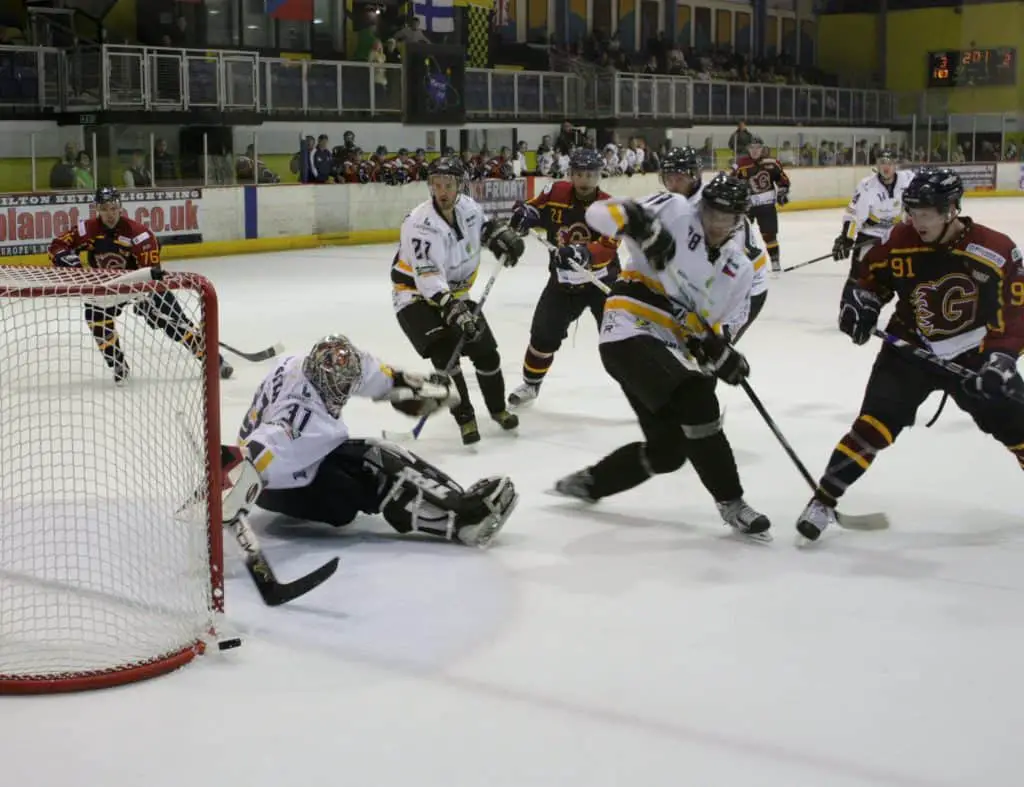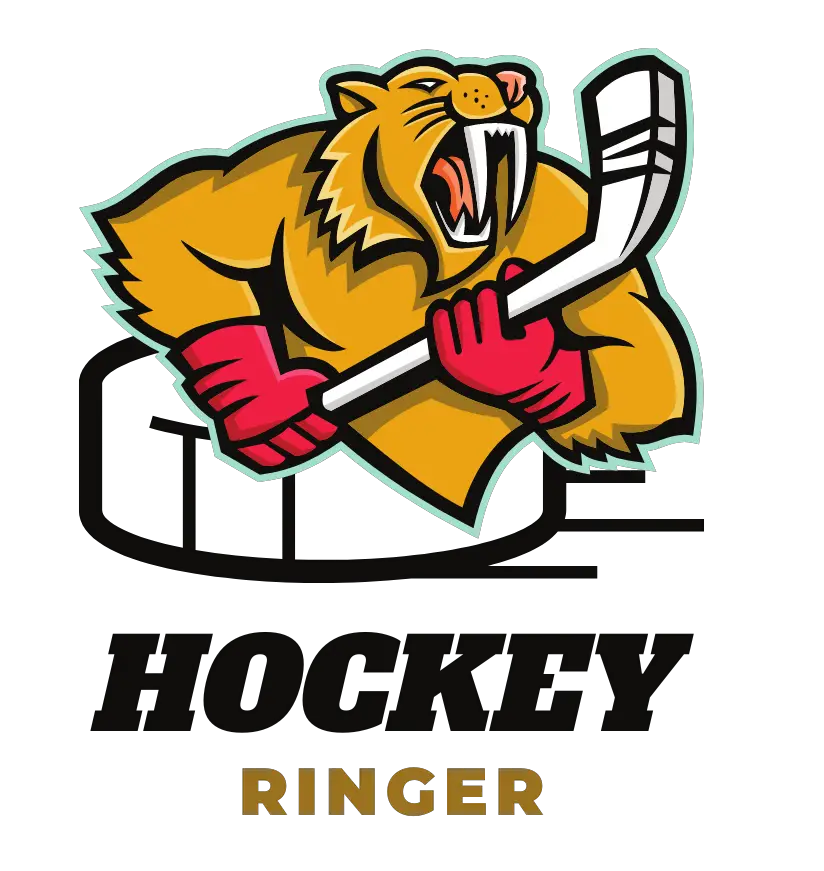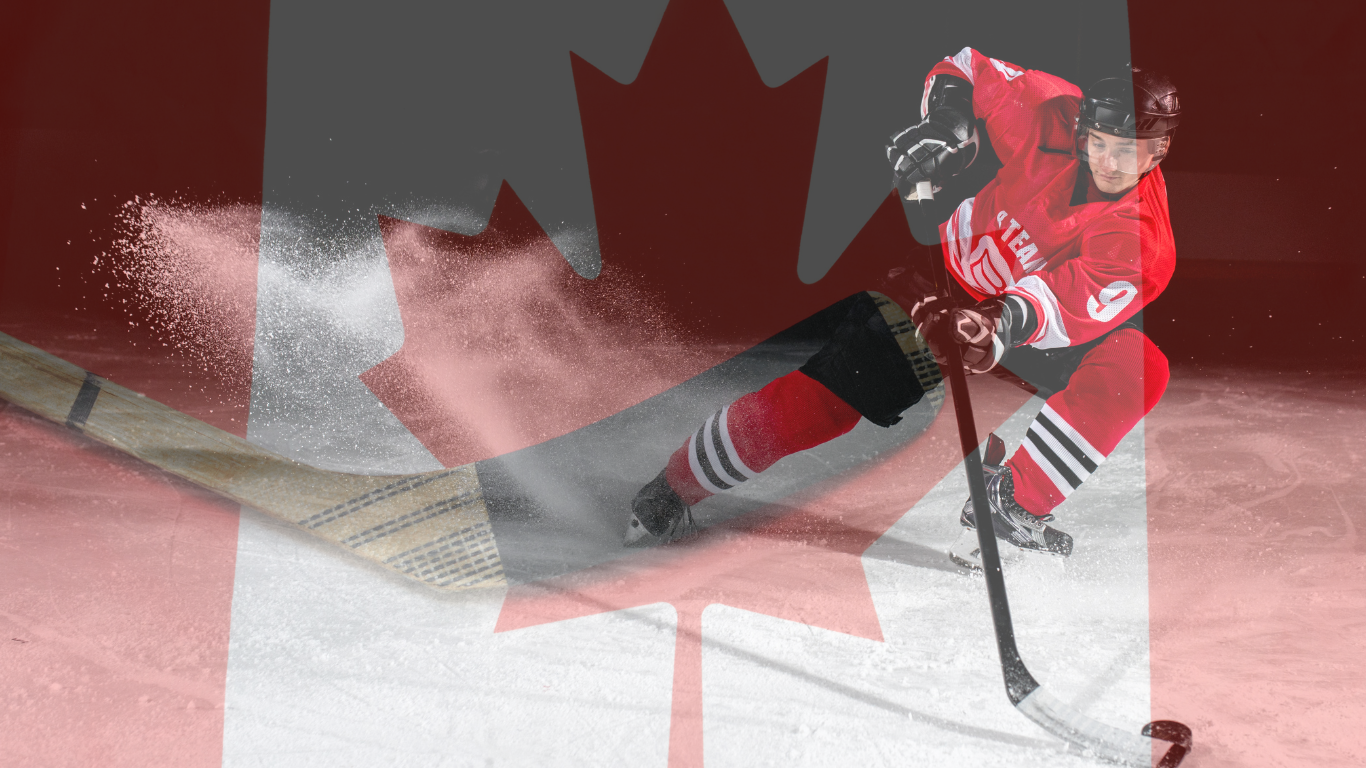Hockey is an immensely popular sport played in different versions in many countries across the globe. Hastening over an ice rink with a sharp bladed stick, each team of six players aims to defeat the other by pushing the puck, across the rink and into the goal, while the goalie of the opposite team works to prevent this from happening.
As players progress from beginners to advanced athletes, they work their way in mastering at least one of the four types of shots. These include the Slap Shot, the Wrist Shot, the SnapShot, and finally the Hockey Backhand.
Our focus in the following paragraphs will be on the steps needed to make the perfect backhand shot in hockey. With these simple instructions, you can swiftly master the shot!
Why Are Backhand Shots Important?

The backhand is important in hockey because of its snap-shot motion and the height it can reach. A puck from this shot, if done right, reaches the maximum length of the net, also called its roof. The puck surpasses the goalie’s leg pads, blockers, stick, and gloves, ensuring a goal in every way.
When To Take A Backhand Shot?
With the clock ticking and the game’s anticipation setting in, the time to prepare for the usual shots including a slap shot, wrist shot, and snapshot is close to none. In such situations, the backhand shot is most useful for players.
In addition to this, a time in the game when the goalie is unready is the ideal moment for a backhand shot. This is because, unlike the conventional shots, the backhand can be made quickly.
This shot allows players to score a goal instead of waiting for the goalie to recover or for opponent players to get chances of knocking the puck out of their hands. Two conventional scenarios of backhand shots and how to tackle them are mentioned below:
CLOSE TO THE NET
- At this distance, try shooting from directly in front of you to take advantage of the blade’s angular appearance. This will assist you in lifting the puck off the ice.
- With the puck in your stick, rapidly draw your dominant hand forward while pushing your recessive hand away from your body, much like you would in a snapshot. The trick here is control over speed and hand coordination.
FROM A DISTANCE
- Here the backhand will require you to adjust your position to a more balanced state.
- Keep the puck close to the stick in a cup position to keep it protected.
- Ensure the puck is not at the end position of your blade. It needs to be either in the middle part of the blade or towards its heel.
- Bring the puck forward towards your front foot, facing the net.
- Open the blade by rolling your wrists.
- Shoot the puck towards the net by pushing your recessive hand towards the goal while pulling your dominant hand back.
How Can You Add Power To Your Backhand Shots?
Location of the puck: Shots with the maximum success are released with the puck close to the front foot, and no further back than the center of spread legs. This position allows you to deliver the puck with the greatest force from your body.
Correct blade orientation: Once you pull the puck forward, pause for a 10th of a second as you open the blade of your stick, and then give the shot everything. This brief interval allows your hands and blade to get into place while charging your body.
Release your strength: Use the push of your legs to charge your arms, and the strength of your arms to fly the puck off the ice and in the net.
How To Take A Powerful Backhand shot?
Steps
- Keep the blade closed to keep the puck in your reach
- Once the closed blade cups the puck, move the puck closer to or in the direction of the target.
- As your stick pulls the puck, transfer your weight in the direction of the target.
- At this point, slightly open your blade as you enter into a “trigger zone”.
- Your focus now needs to be on your hand movements.
- Use your top (dominant) to push down on the stick to increase pressure, after which your bottom (recessive) hand will pull up the puck lifting it off the ice. This motion will require an input of energy, along with a snap motion of the hands to take the shot.
Note
- In the first step, the puck can easily slide away with an open blade, hence it’s important to keep it closed.
- Once in the trigger zone, pull the trigger and take a shot, lifting the puck off of the ice.
- If the blade is closed at this point, the puck will not fly off the ice.




